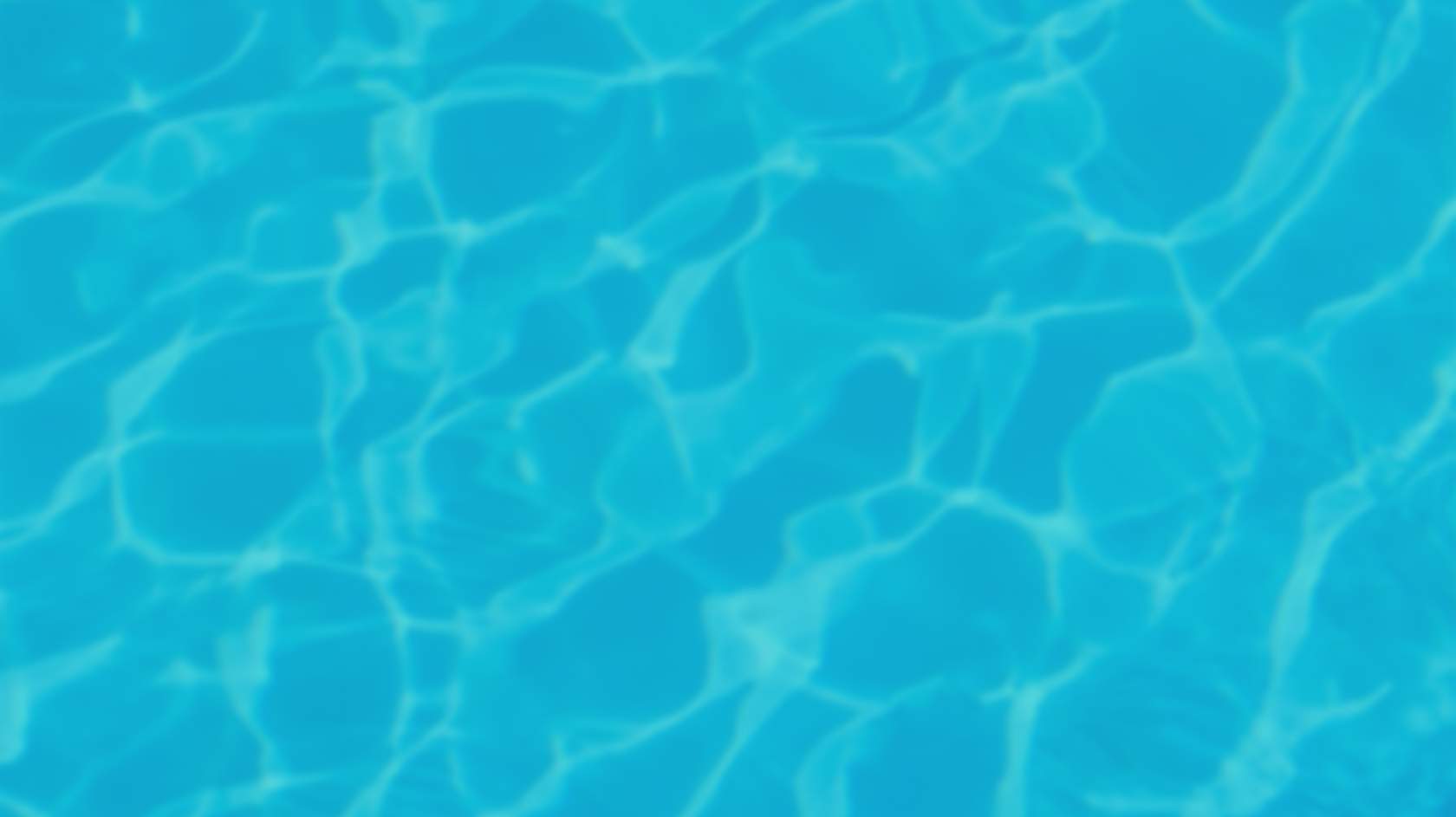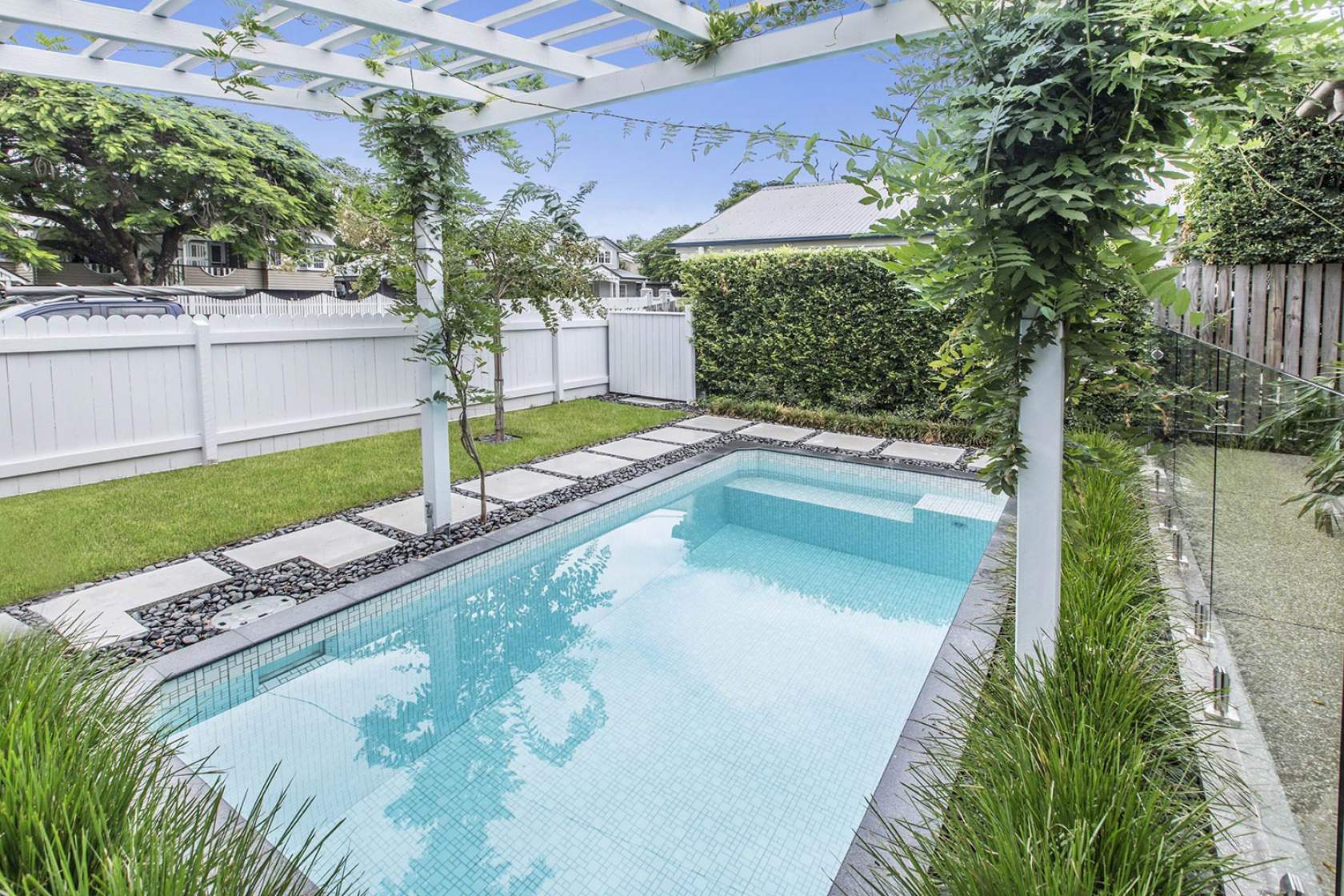

- Home >
- Caring for your Pool & Spa >
- Maintenance Schedules > Green Pool
How To Clean Green Pool
How to turn a swamp back into a pool
Many pool owners have problems with algae. Algae is a small plant growth which can take on many forms, but for the most part in swimming pools it is very small and resembles moss. Algae spores are either already present in the water or transported to the pool by debris that finds its way into the pool.
The following treatment programs can be performed to combat the various types of algae found in pools. Before you embark on a treatment program it is wise to rule out any other cause for the algae, such as:
malfunctioning salt chlorinator cell
poor water circulation because of an old cartridge
high levels of pH
contamination problem, high levels of debris in the pool
high bather load, lots of people in the pool
Finding the cause is important. If there is an underlying issue that is not corrected, the algae will come back even worse in a matter of weeks. This is especially true of black spot algae.
Green algae is one of the most common problems for pools. It usually appears in corners or other areas where circulation is poor. Once established, green algae can grow explosively and turn your pool water green and cloudy overnight.
Small amount of green on steps
brush affected surfaces with the pool broom
after 24 hours add a long-term preventative algaecide
swimming can resume after 2 hours
Algae on floor and walls
for a 40,000 to 60,000 litre pool, add 20 litres of Liquid Chlorine (or 3 kg of granular)
add 1 litre of acid
brush floor and walls thoroughly with the pool broom
add a dose of strong clarifier
run filter until pool water is clear (overnight)
take a water sample to your pool shop to re-balance the water and test phosphate level
add phosphate remover as needed
add a long-term algae preventative
swimming can resume after the water is balanced
Very heavy algae infestation (cannot see the bottom of the pool)
for a 40,000 to 60,000 litre pool, add 40 litres of Liquid Chlorine (or 6 kg of granular)
add 2 litres of acid
brush floor and walls thoroughly with the pool broom
top up pool water to the brim
turn off the pump
turn multiport valve onto re-circulate
turn on the pump
add 1 litre of Liquid Floc through the skimmer box
after 2 hours turn off the pump
next day, turn multiport valve to waste
turn on the pump and vacuum all the residue on the floor of the pool
turn off the pump
turn multiport valve to rinse
turn on the pump for 1 minute
turn off the pump
turn multiport valve to filter
turn on the pump
take a water sample to your pool shop to re-balance the water and test phosphate level
add phosphate remover as needed
add a long-term algae preventative
swimming can resume after the water is balanced
Black spot algae is a very resistant form of algae that clings to and grows into the pool’s surface and floor. The longer black algae is present, the more treatment will be required – and the longer it will take to remove. If you have a fibreglass pool with black spots, see your local SPASA pool shop as this could indicate a different problem.
A few Black Spots or patches in the corners of the steps or pool.
adjust pH to 7.0 to 7.2
add a Tropical Pool algaecide
take a water sample to your pool shop to re-balance the water and test phosphate level
add phosphate remover as needed
add a long-term algae preventative
swimming can resume after the water is balanced, black spot should be gone in a week
Several black patches (100mm across)
turn off the pump
sprinkle black spot remover powder on to the patches
leave for 4 hours
turn on the pump, lightly brush the black patches with the pool broom
adjust pH to 7.0 to 7.2
add a dose of tropical pool algaecide
when all the black spot has gone, take a water sample to your pool shop to re-balance the water and test phosphate level
add phosphate remover as needed
add a long-term algae preventative
swimming can resume after the water is balanced, black spot should be gone in a couple of weeks or so
Many black patches (a metre across)
close pool to swimming as the treatment may take several weeks
turn off pump
sprinkle black spot remover powder over all the black patches (this may take several kg)
after 4 hours turn on the pump
lightly brush black patches with the pool broom
add 5 litres of hydrochloric acid for a 40,000 to 60,000 litre pool
add a dose of tropical pool algaecide
run pump as normal but take out the pool cleaner
brush the black patches with the pool broom after 3 days and 1 week
if all the black spot has not gone after one week, add a second dose of tropical pool algaecide
brush the black patches with the pool broom after 3 days and 1 week
if the pool is cloudy;
if you cannot see the bottom, the pool will have to be flocced using a Liquid Floc
if you can see the bottom add a dose of strong clarifier and run filter until the water is clear
when water is clear, take a water sample to your pool shop to re-balance the water and test phosphate level
add phosphate remover as needed
add a long-term algae preventative
swimming is not allowed until after the pool water is re-balanced, black spot should be gone in 3 or 4 weeks
Mustard algae is characterised by a yellow brown dust, which looks like mustard powder, on the floor of the pool. It is more common in vinyl and fibreglass pools. This type of algae is easily brushed up and will often disappear for a day only to return when the pump turns off.
The treatment for this type of algae is very complex, so it is best to visit your local SPASA pool shop for expert advice. Mustard algae spores can remain viable for up to 3 months. It is essential you undertake preventative measures to inhibit its growth.
Pink slime is actually caused by bacteria, not algae. It shows up around ladders, pool lights, skimmers and areas with poor circulation before becoming visible around pool walls. Brush affected areas and treat with a high-level dose of oxidiser or algaecide.
